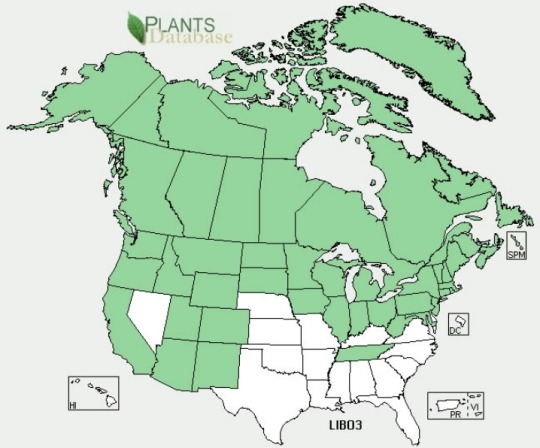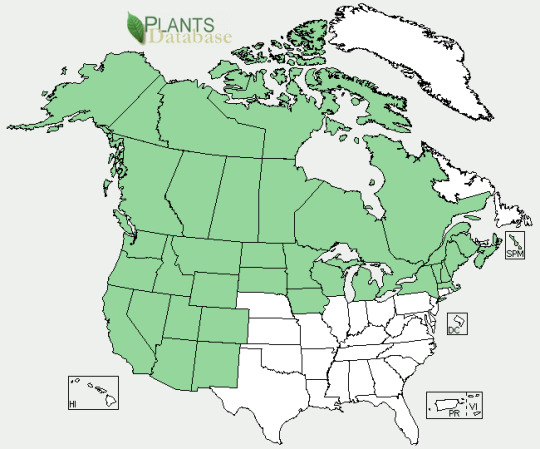#and killing off the bision and turning the land into range land for cattle & sheep
Explore tagged Tumblr posts
Text
One big thing that gets missed in the conversation about native plants is that when considering a plant, you really should ask two questions:
1. Where, specifically, is it native to?
2. Within that region, what ecosystem conditions does it live in? Will it thrive where you intend to plant it?
I cannot tell you how many times I've come across a plant labeled as native that doesn't even grow in my state. Sure, it's native to the continent, but not this side of the rocky mountains! That's not nearly specific enough if your goal is to support endemic animal species and the overall ecosystem.
You also need to consider what conditions that plant needs to thrive. One example I see a lot of here is planting understory plants in full sun. They're stressed out, they're getting sunburnt, and they're slowly dying. People will also try the reverse, planting praire plants in deep shade, and wonder why they're all floppy and anemic looking. Plants may be native to your area, but they still have specific needs and you will have much greater success if you match the conditions you have to a plant that will thrive there.
A third, extra credit question is a two parter: is it endemic (aka, unique to your region) or does it have a a broader, or even circumpolar distribution? I mean, check out the range maps for Henderson's shooting star & twinflower:


Twinflower is found across the northern portions of Eurasia as well.
The second part is, are any of the vulnerable species in your area depending on it? An example from my area is Viola Adunca, which has a pretty broad range,

But is also host to multiple fritilary butterfly species in my area, some of which are on the decline and some of which are no longer found in my state. Due to habitat loss. Both due to human activity (agriculture, subdivisions, etc) and human inactivity (banning the intentional burns the Native peoples did, that maintained the Oak savanna ecosystem, leading them to be "invaded" by non-fire adapted Douglas firs, another native species. Also at the same time making the region more vulnerable to bigger and more devastating wild fires).
#gardening#native plants#native species#intentional fires were key to managing ecosystems throughout the west#and when our government killed#removed from the land#and then banned the remaining people from setting fires#we did so much harm to not only the ecosystems but also endangered ourselves#on top of the truly reprehensible behavior we showed to native peoples#I don't think people realize how much we changed the ecosystems here by banning fires#hunting beavers to near extinction#and killing off the bision and turning the land into range land for cattle & sheep
160 notes
·
View notes